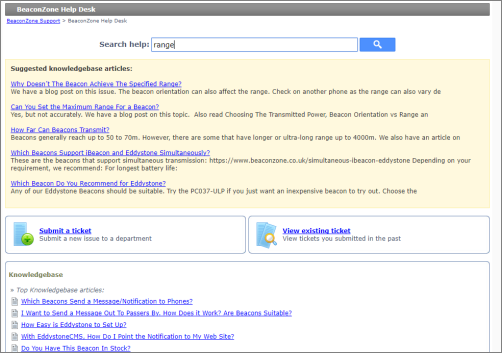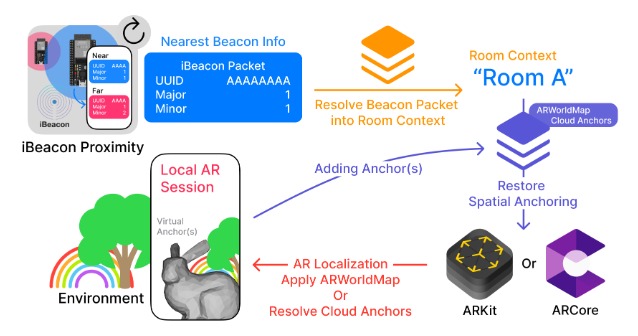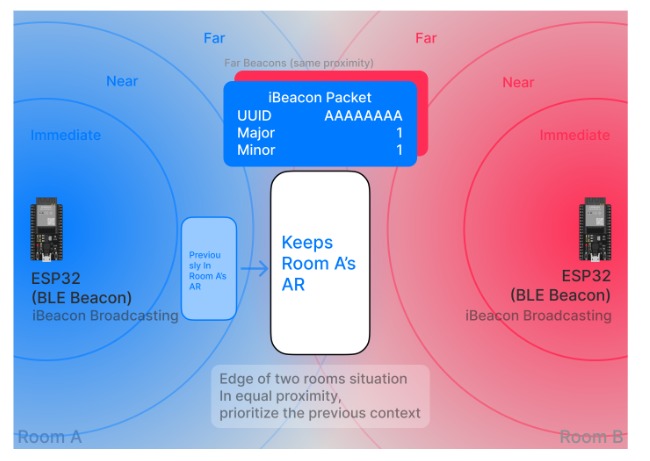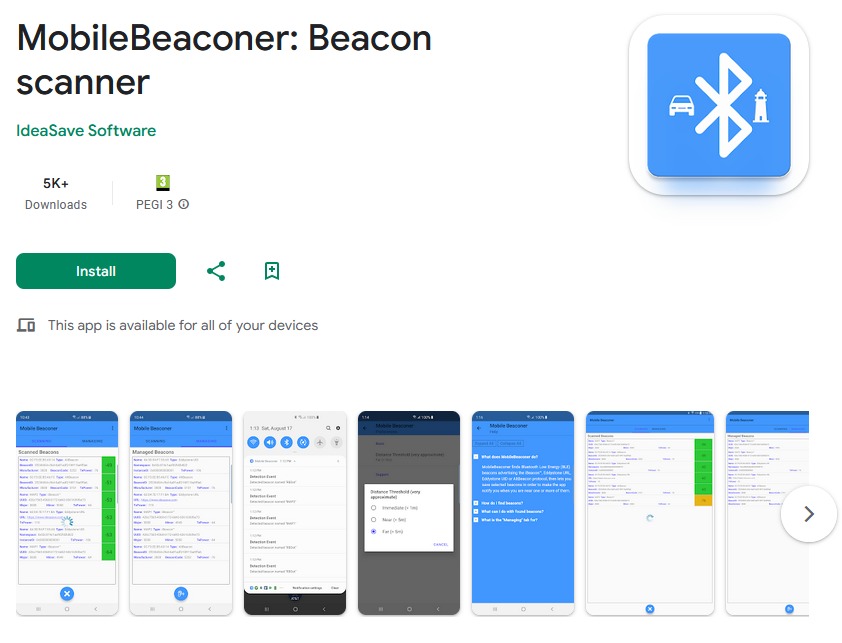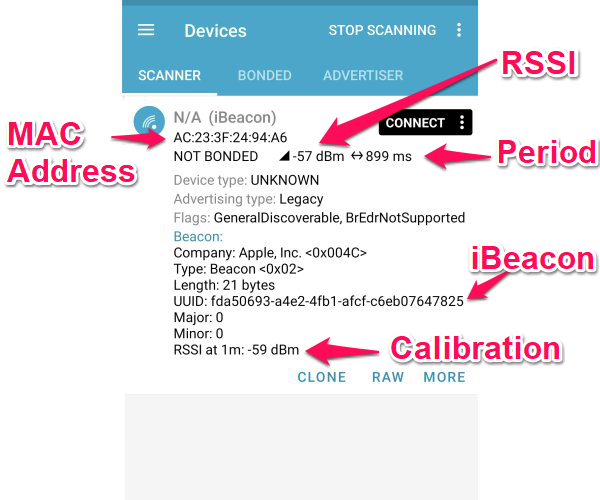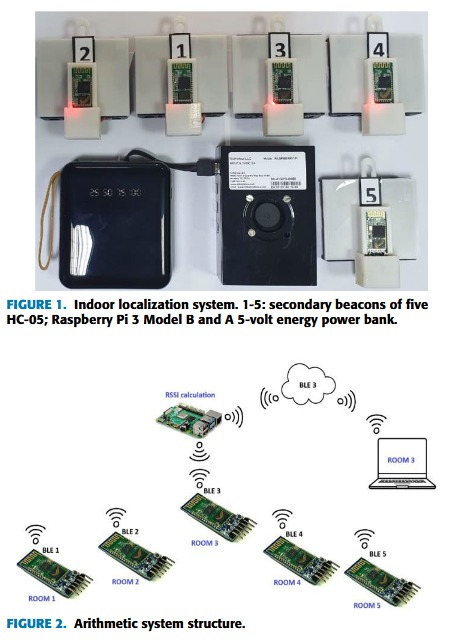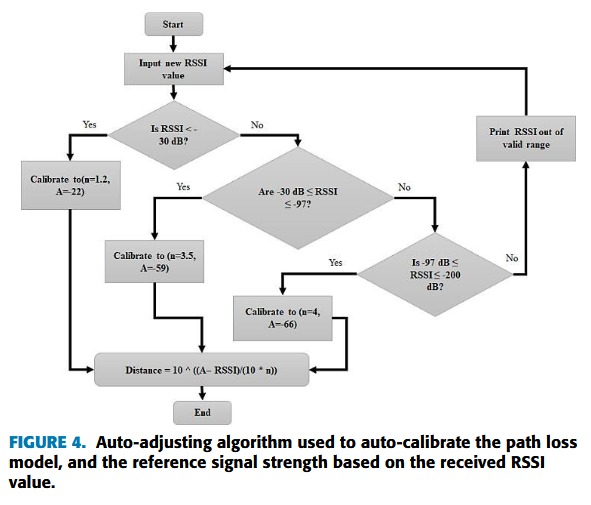Some of the beacons we offer are fully waterproof, which many people tend to associate solely with protection from direct exposure to water, such as rain, splashes, or even full submersion. While these are of course important scenarios to consider, waterproofing can also play a crucial role in situations where exposure to moisture isn’t as obvious or dramatic.
Take vehicle installations, for example. At first glance, the inside of a car, van or lorry may appear completely dry, and it might seem like a waterproof beacon wouldn’t be necessary. However, vehicles can experience long periods of elevated humidity, particularly when temperatures fluctuate or when the vehicle is parked in damp environments. Over time, this persistent humidity can lead to condensation forming inside the beacon housing.
This kind of moisture buildup may not be immediately visible, but it can be highly damaging. Internal condensation can lead to corrosion of metal components, including the battery contacts or internal circuitry. Eventually, this corrosion can cause the beacon to malfunction or stop working entirely. Waterproof beacons are designed not only to prevent ingress from visible water but also to seal out ambient moisture, making them far more resistant to these kinds of subtle, long-term risks.
So, when you’re specifying a beacon for your application, it’s worth thinking beyond direct water exposure. Consider the full environmental conditions it will face over time, including humidity. In some cases, waterproofing isn’t just about protecting against rain, it’s about ensuring long-term reliability in conditions that might not appear problematic at first glance.
